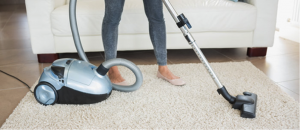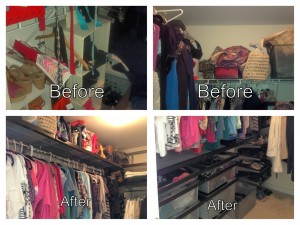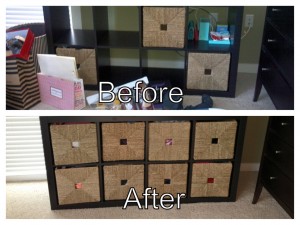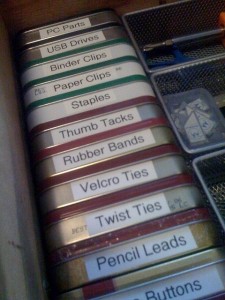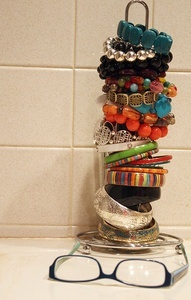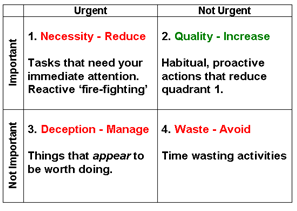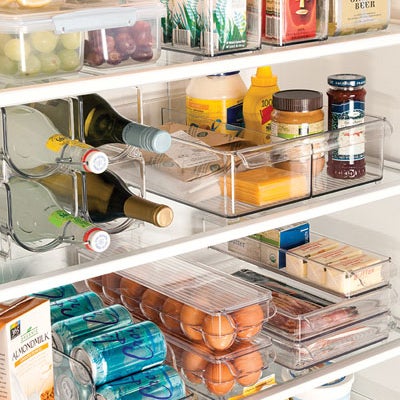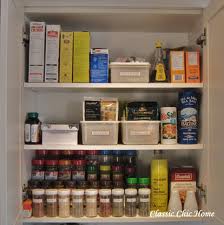While everyone wants a sparkling house, getting there can be…well, a chore. For working and stay-at-home moms alike, jam-packed schedules often limit the time available for cleaning, and it can be easy to do a lackluster job or simply not do it at all some weeks.
Some people hire a housekeeper to clean for them, but if you don’t, here are eight ways to make cleaning fun for yourself and your family. If you are looking for a professional cleaning company check us out here.
1. Create a Theme
Parties and special events often have themes that make them special. Borrow that magic for cleaning day. By adding a simple theme, you can turn chores into fun. Pick something like Pirate Adventure. Everyone in your family can dress up in leftover Halloween costumes, play music like the soundtrack toJake and the Never Land Pirates and talk like a pirate while cleaning. Make cleaning silly and you’ll forget that you’re actually working.
2. Make it a Race
Becky, a mom and cleaning expert who blogs at Clean Mama, recommends that you: “Time yourself and try to beat last week’s time.” If you’re the ultra-competitive type (even with yourself), this can be a great way to get motivated. Challenge your kids to see who can make a bed the fastest and give a prize to the winner — maybe they get to pick the next flick for movie night.
3. Get the Family Involved
Cleaning isn’t just something that mom handles. Every member of the family should pitch in. “I like to involve my kids in the chores so we are doing them together,” says Becky.
Like Becky, Jan Dougherty, cleaning expert and author of “The Lost Art of House Cleaning,” says cleaning should be a family affair. Dougherty believes cleaning is an important life tool all children should learn. “Give your children the proper tools to do a good job. Rather than instructing them to clean their room and walking away, give them one-on-one instruction,” she suggests. Kids will enjoy the personal attention and feeling of importance you’re giving them.
4. Shoot Hoops
If you’re getting the whole family involved, set up a few trash bins around the room you’re tackling and have family members take turns trying to throw trash or other items you’re getting rid of into the bins. This can be fun in its own right, but for a little extra motivation, you can award the person who makes the most baskets a prize. The prize can be anything from a homemade “MVP Cleaning Trophy” to even getting to opt out of the chore of their choice for next week’s cleaning duties.
 5. Head Outside
5. Head Outside
We mainly think of cleaning as things to do inside the home, but there’s plenty of work that needs to be done outside as well. Get some fresh air while tackling yard work. Have the kids help rake up leaves and then have fun jumping in the piles before scooping the leaves into garbage bags. In the winter months, getting the kids to help shovel the driveway is easy when you promise they can use the extra snow to make igloos and snowmen when the shoveling is complete. And teach them how to garden by starting with easy tasks like weeding and watering.
Learn more Tricks to Get Kids to Do Yard Work »
6. Skate to Clean Floors
Who doesn’t love that scene from Pippi Longstocking where she puts sponges on her feet to mop the floors? Have everyone remove their socks and shoes and tear up old towels so that everyone gets their own pair of “skates.” Fill up the sink or a bucket with soap and water and have everyone dip their skates into the soapy water before putting them under their feet and gliding around the room. To dry the floor, grab an oversized towel and have everyone jump on board, single file to create a cleanup choo-choo train.
7. Multitask
Cleaning can be a great way to sneak some exercise into your life. Kill two birds with one stone by wearing light ankle weights or watching your form while you polish the counter tops. If you aren’t interested in the weights, Becky recommends you “wear a pedometer and see how many steps you can take while you do your house cleaning.” Cleaning can be great cardio if you’re willing to look a little foolish in your own home. Who knows? You may be motivated to take more steps, and thus, clean more.
8. Entertain Yourself
One of the best ways to make cleaning fun is to make it entertaining. Becky recommends playing music or putting on a kid-friendly movie while you all fold laundry. In the same way music can motivate you to workout harder, it can also pump up your chores. After all, who hasn’t used their mop handle to pretend they were Adele at the Oscars? Put on some upbeat tunes and dance around the house while de-griming. You will be done in no time.
Cleaning doesn’t have to be tedious and boring. By taking it step-by-step and incorporating small games and challenges into each chore, you can make it a fun, family activity rather than bemoaning all of the things you have to do. The next time cleaning day rolls around, bust out your MP3 player, put on some ratty clothes and get down with your bad self.
This post was generously written by Alaina Brandenburger, a Contributor for Care.com (www.Care.com), the largest online care destination in the world.


